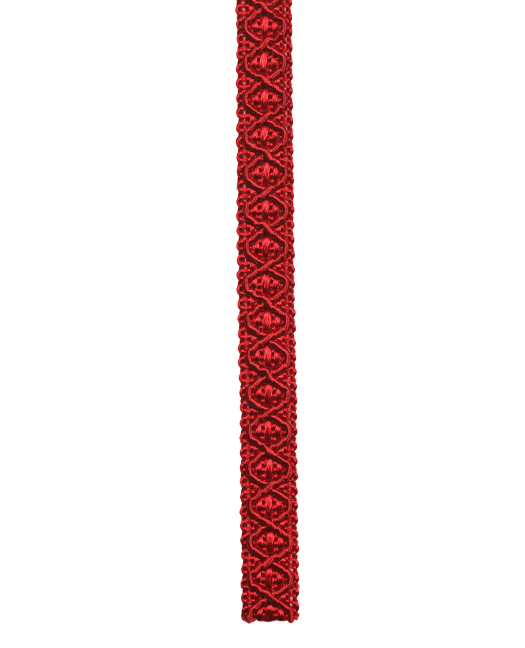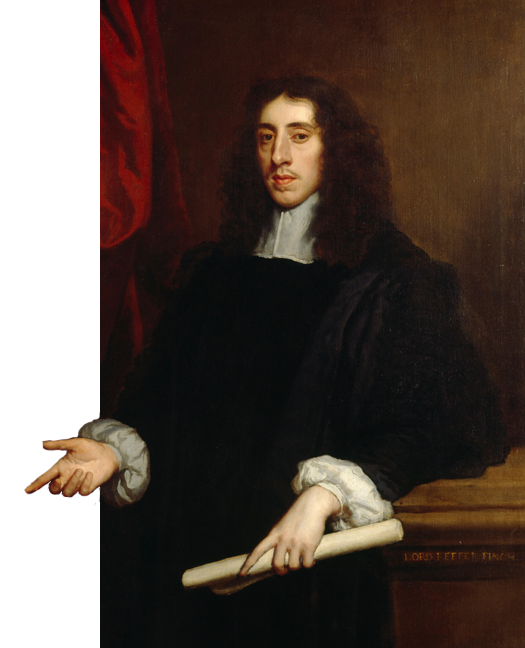Lord Keeper of the Great Seal
For centuries, the Lord Chancellor has generally been the custodian of the Great Seal, and the richly decorated purse in which it was kept became one of the elaborate symbols of that high office. It was customary for a new purse to be presented each year, and Lord Eldon is reputed to have received so many during the early part of the nineteenth century that his wife was able to turn them into bed hangings.
Alongside their precious metal content, the power and prestige associated with these seals have sometimes attracted the attention of thieves. In the early hours of the morning of 7 February 1677, Thomas Sadler broke into the house of Lord Finch and made off with the Chancellor’s mace and purse. However, he was unable to locate the seal as Lord Finch, who was mindful of the great responsibility laid upon him, slept with it under his pillow.
A century later, the Seal of George III, together with a pair of silver-hilted swords, was stolen from Lord Thurlow’s residence in Great Ormond Street, London. Those responsible were never caught, nor was the plunder ever recovered, but it was widely believed to be the work of unscrupulous politicians who wanted to prevent the king from dissolving parliament. If this was indeed the case, then the success of the plan was short-lived because a new seal was prepared immediately.




















